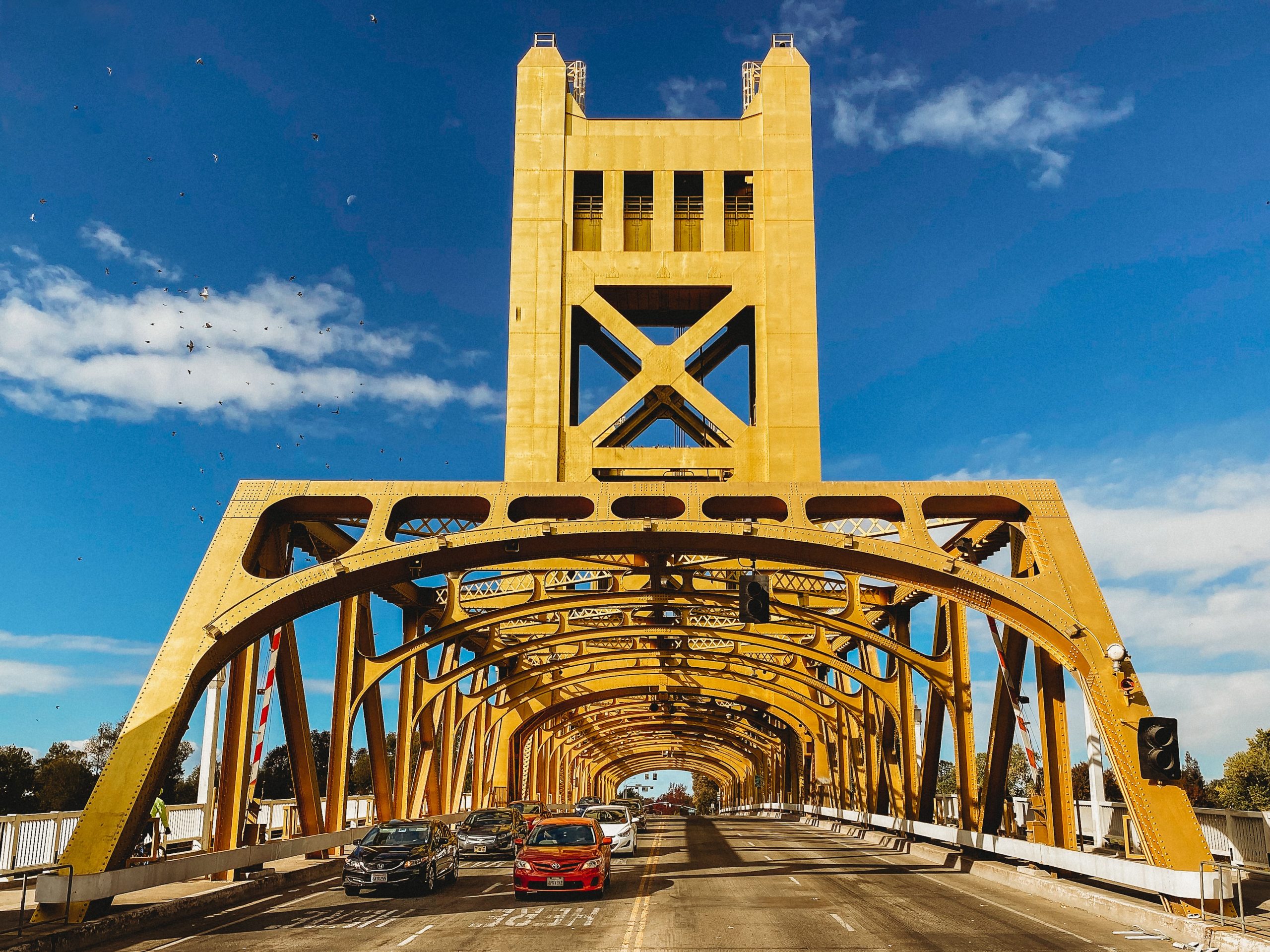The Bay Area exodus may be mostly a myth, but the trend of people moving inland, leaving coastal metros in search of more space at better prices, is growing. There are more people moving to Sacramento from the Bay Area than anywhere else in the country, according to Redfin data. People moving from the Bay Area to Sacramento isn’t a new phenomenon, but COVID-19 sped up a process that experts say was inevitable, and it could have long-lasting effects on the state.
In 2020 alone, migration between San Francisco County and Sacramento County grew 70% from the previous year, a CBRE report concluded. The Sacramento region is projected to grow another 4% in the next 5 years, largely buoyed by this continued migration.
A home in the ‘city of trees’
Medina and his girlfriend were living in a one-bedroom condo in Oakland when the city shut down, forcing them to start working from home. They quickly realized they needed a larger home if they would be working remotely for the foreseeable future. “We started looking in the East Bay for spots and were met with everybody trying to do the same thing we were doing,” he said. “It was a very competitive market and everything was going well over asking — sometimes 50% over.”
A friend who had just moved to Sacramento invited them to visit and take a break from the hunt. “We quickly fell in love with Sacramento,” he said. “The culture, the city of trees, it is exactly what it is. It’s a town, but a city at the same time.”
While Medina said the real estate market still felt competitive, it wasn’t nearly as ruthless as it had been in the Bay Area. The couple soon put an offer in on a new-construction home. He said they now have “way more space than we ever imagined.” They’re both still working remotely for tech companies, happy they moved and planning to stay in Sacramento for the long haul.
Creating a ‘megaregion’
They’re far from the only ones who have made the move, and all the new transplants are having a significant impact on Sacramento’s population, which grew 26% between 2000 and 2019, according to census data. The Bay Area’s grew just 14.6% during the same period. A recent study conducted through a collaboration between the University of Southern California, Occidental College, and UC Davis suggests increased migration could even be creating a “megaregion,” breaking down barriers that traditionally separated the coastal cities of the Bay Area from the inland region around Sacramento.
The “megaregion” and the resulting demographic shifts will have an outsized impact on traffic and infrastructure, creating new needs for California’s future. While the study showed there was a small dip in the proportion of people commuting to the Bay Area from Sacramento County, the percentage of people “supercommuting” — defined as a commute of more than 50 miles — had grown from 17% in 2008 to 20% in 2018. That percentage grew in every Central Valley county studied and is likely to continue as high-wage earners with jobs centered in the coastal metros seek larger homes inland.
Seva Rodnyansky, a research specialist on the project, said if this increased migration continues, it could present problems for state agencies, which will be forced to work together to provide the necessary infrastructure. “The more seats at the table, the harder it is to deal with specific concerns,” he said.
The issues are not limited to Sacramento and the surrounding suburbs, according to Rodnyansky, and his research suggests the megaregion could stretch all the way to Fresno. Past Sacramento, people are also spreading out to surrounding El Dorado and Amador counties, where they will likely face challenges they’re not prepared for, like managing their land for increasing wildfire risk.
The trickle-down effect
There’s also the trickle-down effect of rising housing costs. Demand for housing far surpasses supply, both near Sacramento and in outlying areas, where decades of home-building shortfalls have compounded while the job market has remained concentrated in the city centers.
The Sacramento median home price is $475,000, according to Redfin, up 38% from 2019. The average San Francisco home sells for nearly triple that. The average home in Placerville jumped 27% since 2019.


 Facebook
Facebook
 X
X
 Pinterest
Pinterest
 Copy Link
Copy Link
